The Screaming Skull
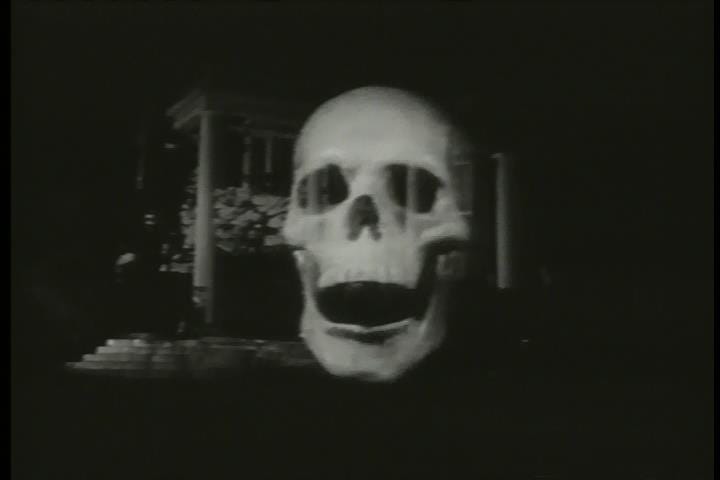
The legend of the screaming skull is a piece of English folklore with roots dating back centuries. This eerie tale typically involves a human skull that is said to emit terrifying screams and other supernatural phenomena if disturbed or removed from its designated resting place. The skull is often associated with a tragic or violent past, believed to be the source of its restless nature.
One of the most famous variations of this legend is the story of the Bettiscombe Screaming Skull, located in Dorset, England.
According to the tale, the skull belonged to a Caribbean slave who was brought to Bettiscombe Manor in the 17th century. The slave, suffering from illness, made his master promise to return his body to his homeland upon his death. When the promise was broken, the skull reportedly began to scream and wail, causing havoc until it was returned to the manor.
Another notable example is the Burton Agnes Hall skull in Yorkshire. Legend has it that the skull belonged to Anne Griffith, a young woman who died violently. Her dying wish was for her skull to remain in her home, Burton Agnes Hall. When her wishes were not honored, the skull began to scream, leading to disturbances until it was finally placed in a designated spot within the house.
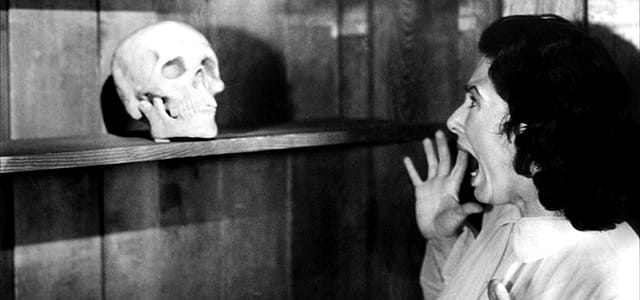
The screaming skull legend taps into several deep-seated human fears and themes. The most prominent theme is the idea of restlessness after death, which reflects anxieties about the afterlife and the need for proper burial rites. The legend underscores the importance of respecting the dead and fulfilling their last wishes to prevent supernatural retribution. The skull itself is a powerful symbol of death and mortality. Its presence in the stories serves as a constant reminder of the past and the consequences of disturbing it. The screaming aspect adds an element of horror, emphasizing the idea that the past can intrude violently into the present if not respected.
Influence in Literature and Pop Culture
The motif of a cursed or haunted skull appears in various ghost stories and horror fiction, serving as a potent symbol of the supernatural and the consequences of disturbing the dead. In literature, one of the earliest references to a similar concept can be found in the Gothic tradition, where haunted relics and cursed objects play significant roles. Authors like M.R. James, known for his ghost stories, have explored themes of cursed antiquities and their terrifying impacts on the living.
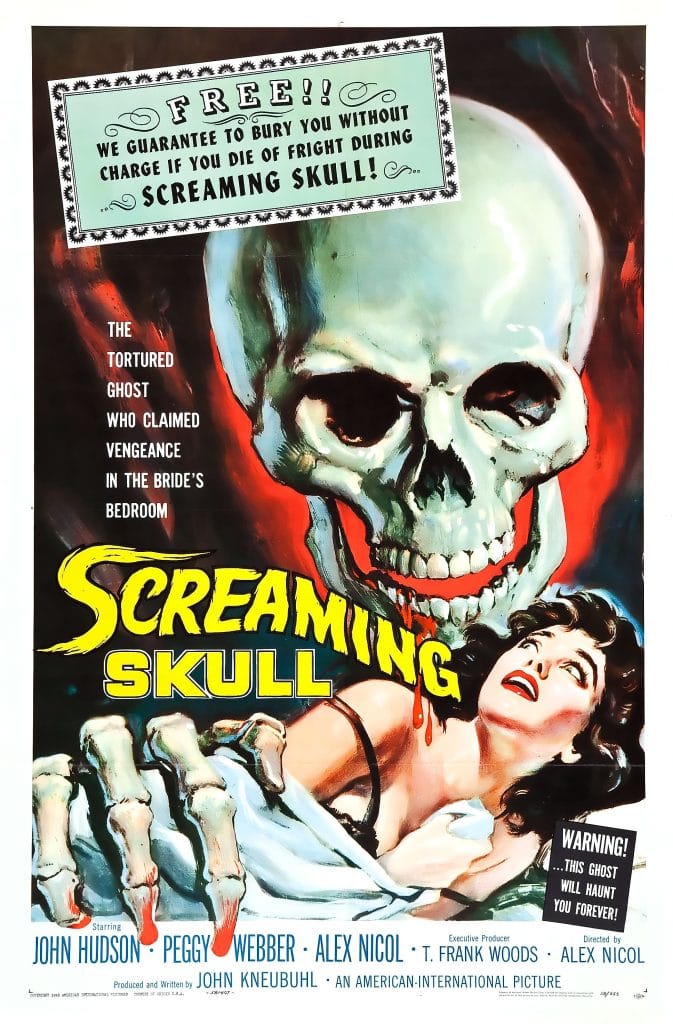
The legend has also made its way into popular culture, inspiring films, television episodes, and even comic books. The 1958 film “The Screaming Skull” is a direct adaptation, telling the story of a haunted skull that torments a newlywed couple. The film, while not a critical success, helped to cement the skull as a recognizable horror trope.
In television, episodes of shows like “The Twilight Zone” and “Scooby-Doo” have featured haunted skulls or similar cursed objects, drawing on the eerie and unsettling aspects of the legend. These adaptations often use the screaming skull as a plot device to explore themes of guilt, retribution, and the supernatural.
The Legend Lives On
Today, the legend of the screaming skull continues to captivate the imagination. It is a popular subject for ghost tours and folklore studies, especially in the regions where these tales originated. The skull’s enduring appeal lies in its simplicity and the universal themes it addresses—death, the past, and the fear of the unknown. Modern interpretations often emphasize psychological horror, focusing on the mental torment of those who disturb the skull. This approach highlights the internal struggle and guilt of the characters, adding a layer of complexity to the traditional ghost story.
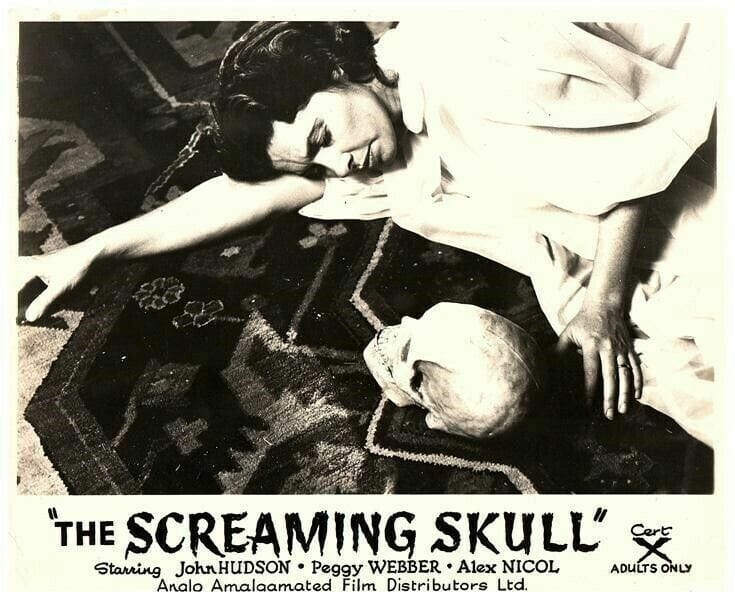
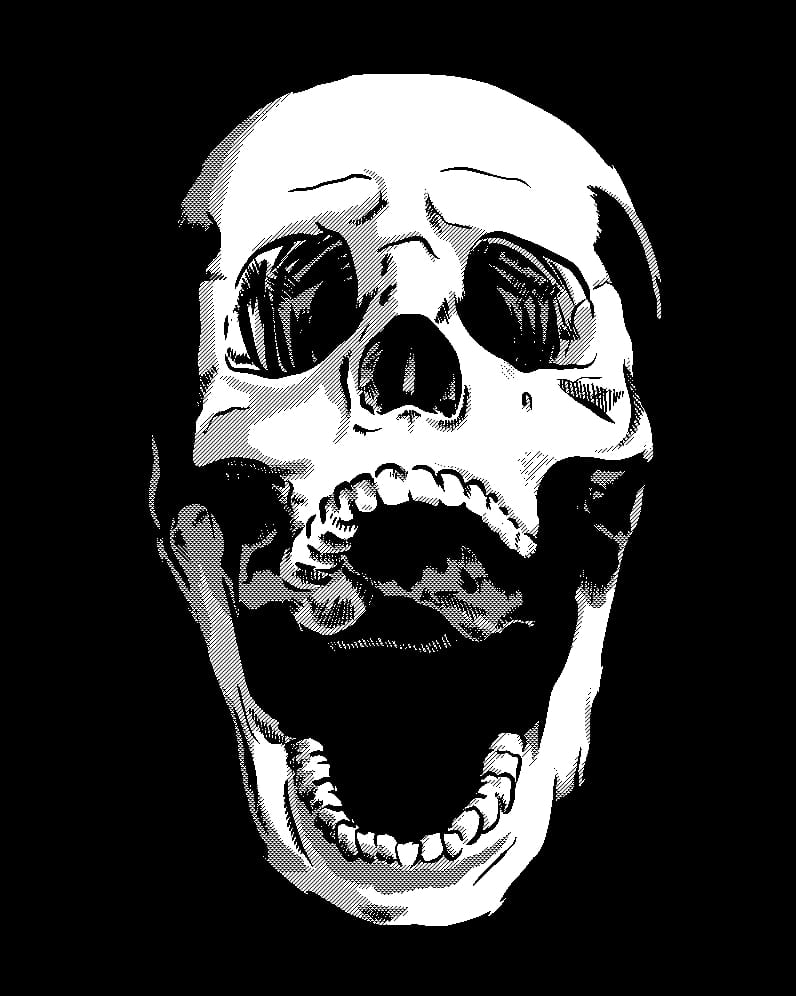
The screaming skull legend remains a compelling piece of folklore that has influenced various aspects of literature and popular culture. Its themes of restlessness, respect for the dead, and the haunting nature of unresolved issues resonate across different mediums, ensuring its place in the pantheon of enduring supernatural tales.
